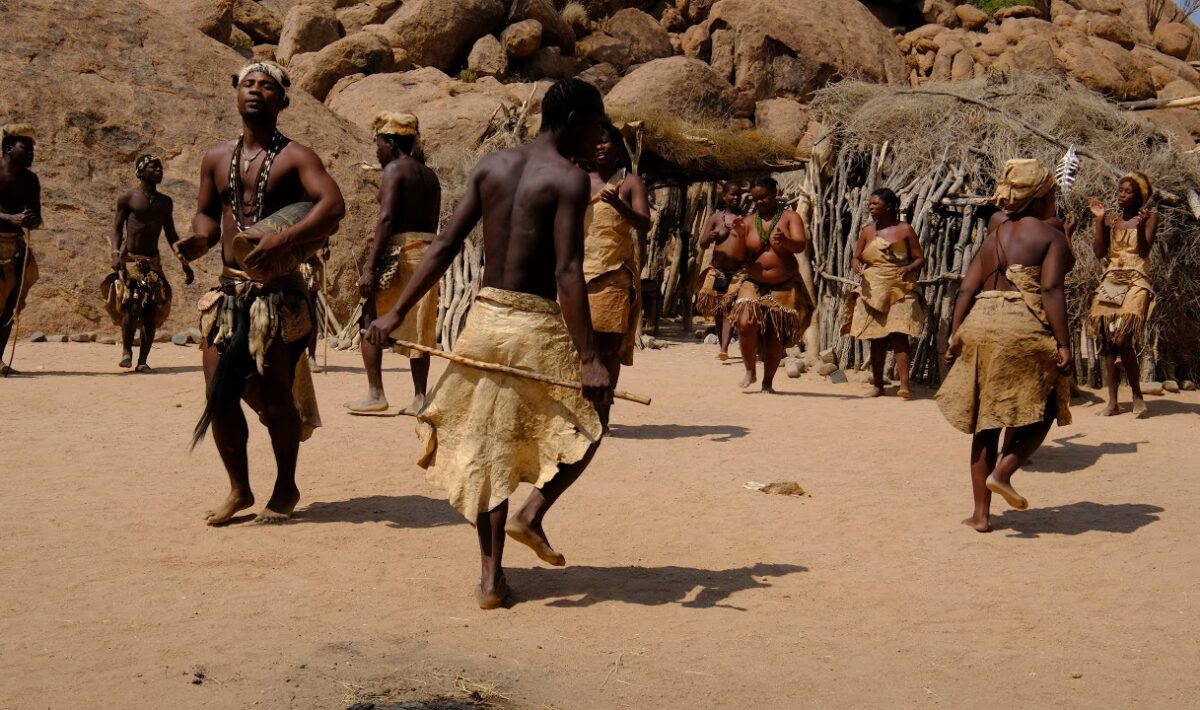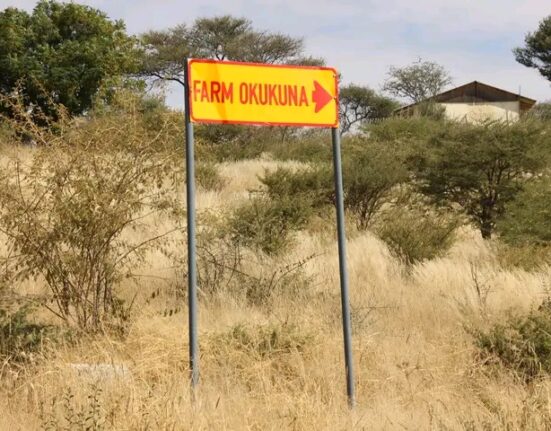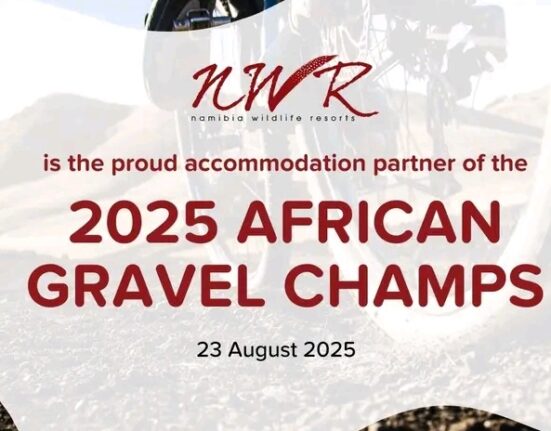Namibia, a nation celebrated for its vast landscapes and cultural diversity, is also a country shaped by its rich linguistic history. From the ancient clicks of Khoekhoegowab to the adoption of English as its official language, Namibia’s linguistic journey tells the story of its people, their resilience, and their efforts to unite under a common identity. This article delves into Namibia’s linguistic evolution, exploring how history, culture, and politics have influenced the languages spoken today and how these languages continue to define the country’s identity.
The Roots: Khoekhoegowab and Indigenous Languages
Long before the arrival of European settlers, the indigenous people of Namibia communicated using their native languages, many of which are still spoken today. Among the most notable is Khoekhoegowab, a language of the Khoisan group characterized by its distinctive click sounds. Spoken predominantly by the Nama and Damara communities, Khoekhoegowab remains a vital part of Namibia’s linguistic heritage.
Khoekhoegowab is part of a broader group of Khoisan languages that are considered some of the oldest in human history. These languages are intricately tied to the traditions and lifestyles of their speakers, particularly the San people, one of Namibia’s most ancient inhabitants. The San people’s languages, often referred to as Juǀʼhoansi and other related dialects, also feature complex click sounds and remain integral to their cultural expression.
In addition to Khoekhoegowab, Namibia is home to a variety of Bantu languages brought by migratory groups over centuries. Oshiwambo, Otjiherero, Rukwangali, and Silozi are some of the major Bantu languages spoken in Namibia, each linked to distinct ethnic groups and regions. These languages reflect the cultural and geographical diversity of Namibia, with Oshiwambo being the most widely spoken, accounting for nearly half the population’s mother tongue.
The Arrival of Afrikaans and German
Namibia’s linguistic landscape began to shift with the arrival of European colonial powers. In the late 19th century, Namibia came under German rule as German South West Africa. During this period, German became the official language, used in administration, education, and commerce. The imposition of German created a linguistic divide, with indigenous languages relegated to informal settings.
However, Germany’s rule was relatively short-lived. Following World War I, Namibia was placed under South African administration, and Afrikaans, along with English, became the dominant languages. Afrikaans, a language derived from Dutch, became the lingua franca of the region. It was widely used in governance, education, and media, further marginalizing indigenous languages. The use of Afrikaans also carried a heavy association with apartheid, as it was the language of the South African regime that enforced racial segregation and oppression in Namibia.
The Role of Language in Namibia’s Independence Movement
Language played a significant role in Namibia’s struggle for independence. The dominance of Afrikaans and its association with apartheid policies fueled resentment among the population, particularly among the youth and activists. Many Namibians sought to resist the cultural and linguistic imposition of the South African regime by embracing their indigenous languages and cultures.
During the independence movement, led primarily by the South West Africa People’s Organization (SWAPO), the need for a unifying language became evident. While Namibia was home to numerous ethnic groups with their own languages, SWAPO recognized the importance of promoting a common language that could unite the diverse population. English, as a neutral and international language, emerged as the ideal candidate.
The Adoption of English as the Official Language
When Namibia gained independence in 1990, one of its first major decisions was to adopt English as its official language. This decision was strategic and symbolic, marking a break from the colonial past and the oppressive policies of the apartheid era. English was seen as a neutral language that would not favor any particular ethnic group, unlike Afrikaans, which carried the weight of apartheid, or German, which was tied to colonialism.
English also offered practical advantages. As an international language, it provided Namibia with a means to engage with the global community, attract foreign investment, and promote trade. It also facilitated regional cooperation, as many of Namibia’s neighbors, such as Botswana and Zambia, also use English as an official language.
However, the adoption of English presented challenges. At the time of independence, only a small percentage of Namibians were fluent in English, as Afrikaans and indigenous languages were more commonly spoken. This linguistic shift required significant investment in education, teacher training, and language resources to ensure that English could be effectively implemented as the medium of instruction and administration.
The Current Linguistic Landscape
Today, Namibia is a multilingual country where English serves as the official language, used in government, education, and business. However, indigenous languages remain central to the daily lives of many Namibians. The country recognizes the importance of its linguistic diversity and has implemented policies to promote and preserve indigenous languages alongside English.
Oshiwambo, Khoekhoegowab, Otjiherero, Rukwangali, Silozi, and other indigenous languages are taught in schools, especially in regions where they are widely spoken. Local radio stations and media outlets also broadcast in multiple languages, ensuring that information reaches all segments of the population.
Afrikaans, though no longer an official language, continues to be widely spoken, particularly in urban areas and among older generations. German also retains a presence, particularly within Namibia’s small German-speaking community and in the tourism sector.
Challenges and Opportunities
Despite progress, Namibia faces challenges in balancing its linguistic diversity with the dominance of English. Many rural schools lack resources to teach English effectively, while urban areas often prioritize English at the expense of indigenous languages. As a result, there is a growing concern about the erosion of linguistic heritage and the loss of smaller languages, particularly those spoken by the San people.
However, Namibia’s multilingualism also presents unique opportunities. The country’s linguistic diversity is a cultural asset that can be leveraged to promote tourism, education, and social cohesion. Efforts to document and preserve endangered languages, such as those undertaken by the Namibia Institute for Public Administration and Management (NIPAM) and various NGOs, are critical for maintaining the country’s cultural heritage.
Namibia’s linguistic evolution from Khoekhoegowab to English reflects its complex history, from pre-colonial traditions to colonial impositions and the aspirations of an independent nation. While English serves as a unifying official language, the country’s indigenous languages remain vital to its cultural identity and social fabric.
As Namibia continues to develop, fostering a balance between promoting English for global engagement and preserving its linguistic diversity will be crucial. By valuing all its languages, Namibia can celebrate its rich heritage while building a cohesive and inclusive society for future generations.













